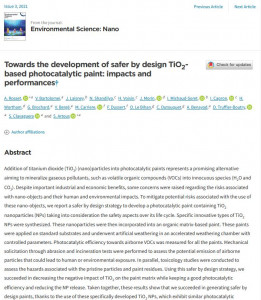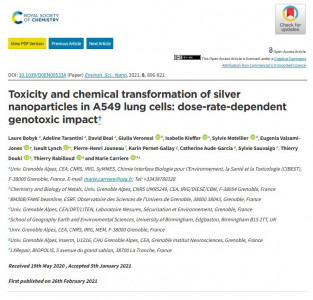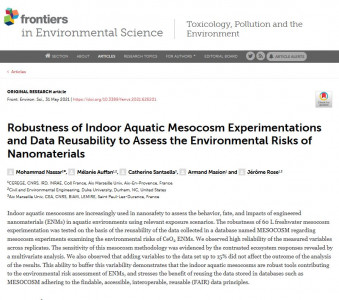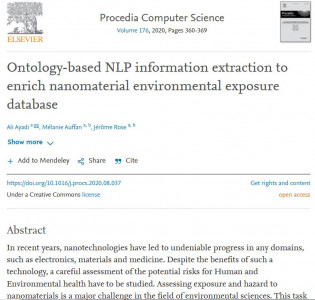The risk associated with the presence of contaminants (e.g. pharmaceutical, pesticides, explosives, microplastics, nanoparticles) in the aqueous environment is an ever-emerging concern. Pharmaceutical molecules such as antibiotics are found recalcitrant in the urban water cycle. Pesticides used in agriculture end up in surface or ground water. Microplastics are pointed out as the new wave of ubiquitous pollutant in surface and seawater. Nanotechnology-enabled products have been shown to release nanoparticles to the aqueous environment. Groundwater contamination related to the explosives (e.g. TNT, RDX, HMX) represents a significant and widespread problem.
Assessing the exposure-driven risk posed by these contaminants requires studying their fate in the aqueous environment. Interaction with geogenic materials of organic or mineral composition is known to strongly control their behavior and transport.
In the water column, sticking to suspended colloids (adsorption, heteroaggregation) may favor colloidal transport or sedimentation depending on the size and density of the association formed. In porous media like soil, the contaminant mobility or retention is function of the attachment to the matrix, and the constituting particulate matter to which it is bound may be mobilized by the percolating solution, leading also to colloidal transport.
Current researches try to fill the knowledge gap regarding the contaminant behavior and their relative affinity for the different natural compounds of the environmental receptacles. This session welcomes the contributions dealing with the colloidal transport of contaminants. This includes experimental researches on the field or in the lab studying complex natural systems or simplified analogues and theoretical models.
Convenors: Jerome Labille (CNRS- CEREGE, France), Patrick Ollivier (BRGM, France)









